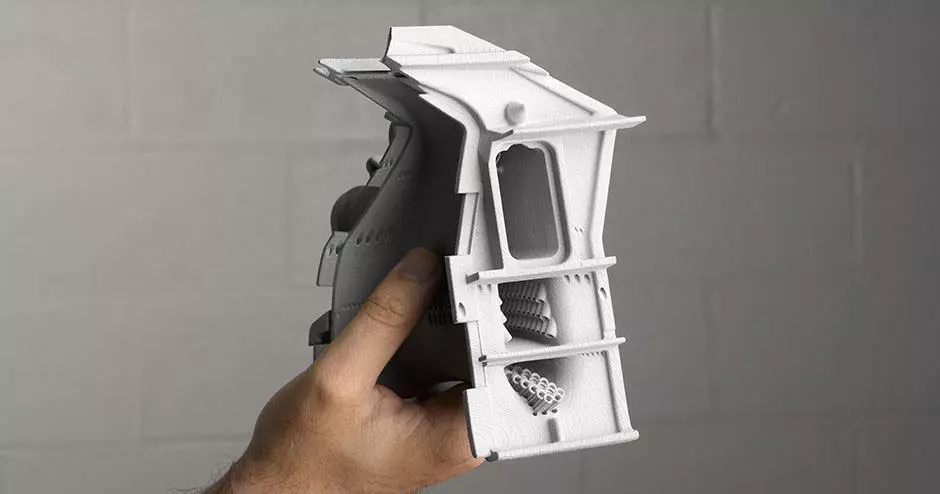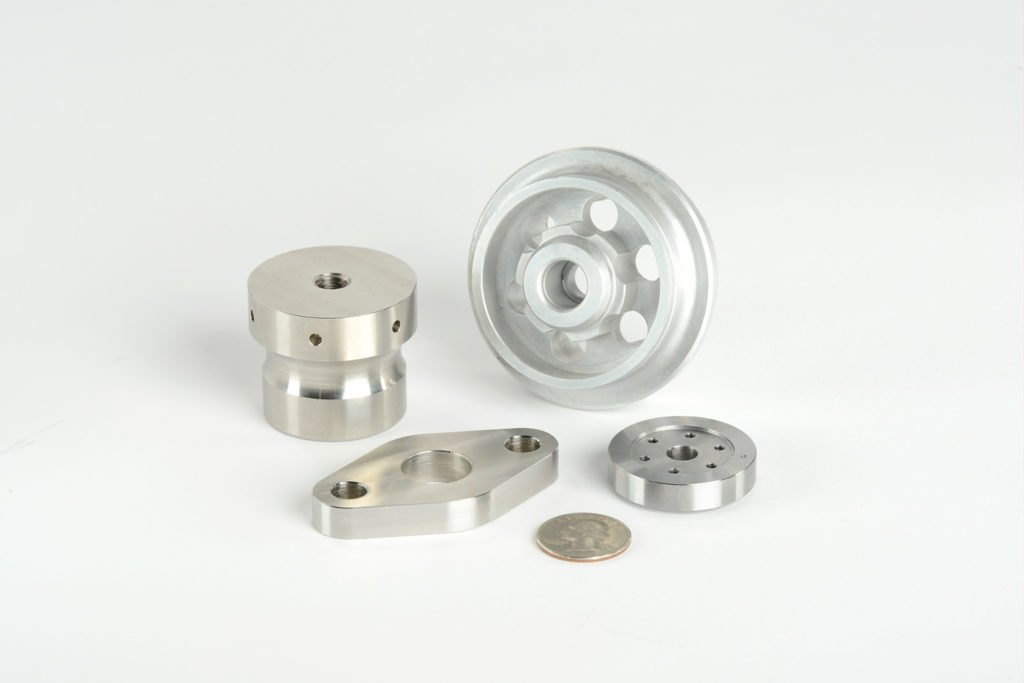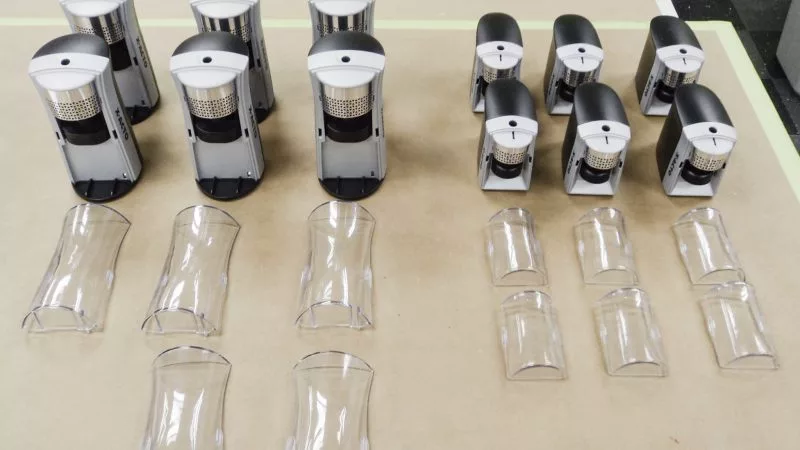First impressions matter. When it comes to investor pitches, sleek and professional prototyping services can be the difference between success and failure.
Startups, entrepreneurs, and product designers often struggle to turn their brilliant ideas into commercial successes. It’s one thing to design a great product, but it’s quite another to convince outside investors to put money into it.
The success or failure of an investor pitch depends on several factors. Have you prepared a convincing presentation? Have you comprehensively researched the market and established genuine customer demand? And have you given the angel investors or venture capitalists a tangible impression of what your product will be?
It’s this last factor we’ll be discussing in this article. Professional prototyping services can help you create something tangible for investors to grab onto — literally — and help you secure that all-important investment.
What is a Visual Prototype?
Prototypes come in several varieties, and businesses make different kinds of prototypes for different reasons.
At one end of the scale, there are proof-of-principle prototypes and early-stage prototypes. Product designers might use these to verify the core functions of a product, and they might make several diverse iterations of the prototype before settling on a design. At the other end of the scale, there are functional prototypes, mechanical prototypes, and final-stage prototypes. Businesses develop these prototypes toward the latter stages of the R&D process to test their almost-finished product, conduct market research, or assess manufacturability.
Somewhere in the middle comes the visual prototype. A visual prototype or looks-like prototype is unlike other prototypes because it serves one purpose only: to look like a finished product. It does not have to work, it does not have to contain genuine materials, and businesses can use all sorts of clever tricks to create a prototype that visually mimics the real thing.
Using a Visual Prototype for an Investor Pitch
Prototypes can play a huge role during investor pitches. When startups and entrepreneurs put a physical object in the hands of potential investors, they give themselves a competitive edge over businesses limited to presentations and 2D images.
In a large number of cases, these are visual prototypes. Startups often need outside investment to fully develop their product, so it may not be possible to build a functional prototype before an investor pitch. Furthermore, a stuffy conference room is not always the best environment for showcasing a mechanical invention. So instead of aiming for a functional prototype, these startups can employ a professional prototyping services to fabricate a sleek and convincing replica that shows investors how a product will look, fit, and feel.
Of course, a visual prototype cannot do all the work: it should work in tandem with a convincing and well-researched presentation; it should support the pitch, not dominate it. But sometimes a physical prototype is the key to unlocking financial support in a high-pressure situation.
Common Types of Professional Visual Prototype
Professional prototyping companies can use various production techniques to create visual prototypes. The chosen technique will depend on the nature of the product, the required materials, and colors, and the company’s budget and timeframe. This article will discuss three common techniques.
3D Printed Prototypes

Over the last decade or so, 3D printing has become a standard technique for developing one-off visual prototypes due to its speed, affordability, and flexibility. Printed parts sometimes lack strength and impact resistance, but this matters little for visual prototypes.
The most common 3D printing technology for low-cost prototypes is Fused Deposition Modeling (FDM). FDM can produce a variety of visual prototypes in a range of materials and colors with minimal costs and lead times. However, one drawback is the visibility of layer lines, which can reduce the visual appeal of a prototype.
Other options include Stereolithography (SLA) 3D printing, which is excellent for creating small and highly detailed visual prototypes with the possibility of transparency, and PolyJet 3D printing, which can fabricate multicolored visual prototypes.
CNC Machined Prototypes

CNC machining is more expensive than plastic 3D printing, but it is the most feasible option for metal visual prototypes given the high cost of metal 3D printing and metal casting.
Providers of professional prototyping services can fabricate high-quality machined visual prototypes with minimal lead times while offering a diverse range of materials. In many cases, startups will commission a visual prototype in a low-cost aluminum alloy, even if they plan to make their final product from a more robust metal.
It is relatively easy to add engraved text and logos to machined parts, as well as different surface finishing treatments, dramatically enhancing the appearance of the visual prototype and giving it an air of professionalism.
Vacuum Cast Prototypes

Most businesses avoid using injection molding for one-off prototypes due to the high cost of metal tooling. However, vacuum casting or urethane casting is a low-cost alternative that produces visually appealing plastic prototypes.
The vacuum casting process is significantly cheaper than injection molding but produces parts with a comparable (and sometimes superior) surface finish. The process uses polyurethanes, which can be transparent or mixed with pigments to alter the appearance of the visual prototype.
Vacuum casting is a popular choice for creating simple enclosures for electronics prototypes.
How to Secure Outside Investment?
To give yourself the best chance of success during an investor pitch, you should use all the tools at your disposal. So if a professional visual prototype is within your budget, you should not hesitate to purchase one. After all, you can use a visual prototype over and over until you have secured the required funding.
Nonetheless, you should keep a few things in mind before getting started. If your product is near the end of the R&D process, you may be in a position to develop a fully functional prototype, though you should always give some thought to its appearance when entering a potential investment situation.
Additionally, you should think carefully about the manufacturing process you will use for the prototype. For example, you shouldn’t use FDM 3D printing if your product has contours and round profiles, and you shouldn’t use CNC machining if your product has complex interior sections.
If you have any questions about prototyping services, contact RapidDirect for professional advice and a free quote.


